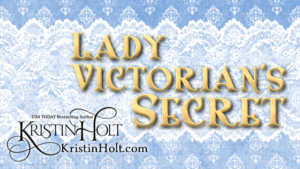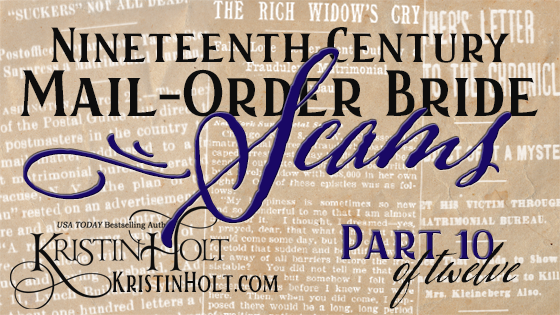
by Kristin Holt | Mar 12, 2016 | Articles
* One Chicago Matrimonial Bureau circulated the photograph of one miss to cowboys in the West, inferring an abundance of brides…
* Matrimonial Bureau run by a man named Chinn, accused of having purchased pictures of Actors and Actresses and passing them off as candidates for marriage.
* 40,000 Love Letters: Manager of a Matrimonial Bureau Slides Down a Rope From a Third Story Window (leaving wife and desperately ill baby behind in a closet)
* The Salvation Army, in the Cupid Business? (A delightful spot of humor!)
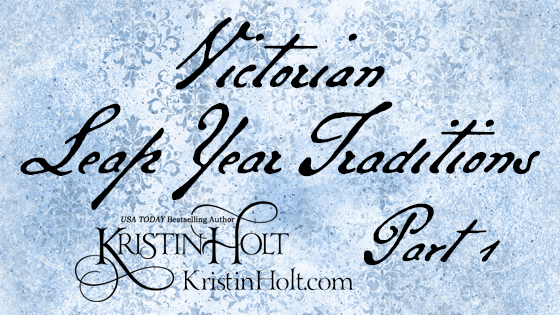
by Kristin Holt | Feb 28, 2016 | Articles
If you recall seeing the 2010 movie, LEAP YEAR, starring Amy Adams and Matthew Goode, then you know a great deal of fun can be poked at the long-held European tradition of ladies taking a turn, roughly once every four years, in the dominant role of pursuer in a romantic relationship.
According to an article titled LEAP YEAR, and subtitled: Ladies’ law in Leap Year–Bachelors’ Penalty, as published in The Weekly Kansas Chief newspaper on 21 January, 1892, “A lady has the privilege in leap year of suggesting marriage between herself and a bachelor acquaintance.
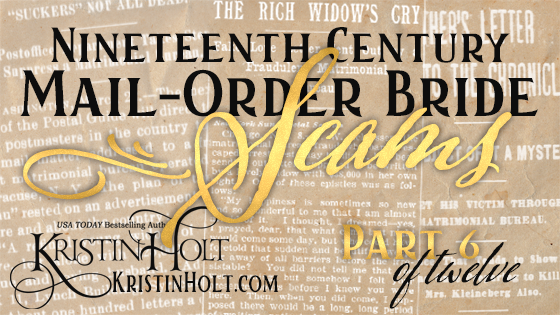
by Kristin Holt | Feb 26, 2016 | Articles
Detective Clifton R. Wooldridge made a difference on the streets of wicked Chicago at the turn of the 20th century. Some of the 100 fraudulent matrimonial agencies he shut down are captured in newspaper articles from the era. A significant scam involving Mail-Order Brides, mentioning Detective C.R. Wooldridge is featured in this article.
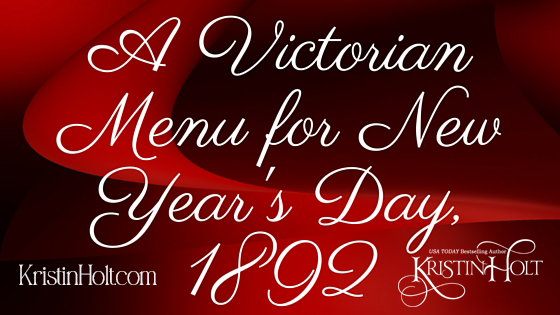
by Kristin Holt | Jan 1, 2016 | Articles
This menu was posted in 1892 in a Pittsburgh, PA newspaper, but not the instructions– which those of us who are amused by history and cooking and the way things once were may well find fascinating. So this article is all about that menu… and how the home cook may have accomplished such a daunting task to celebrate the FIRST big holiday of the year.
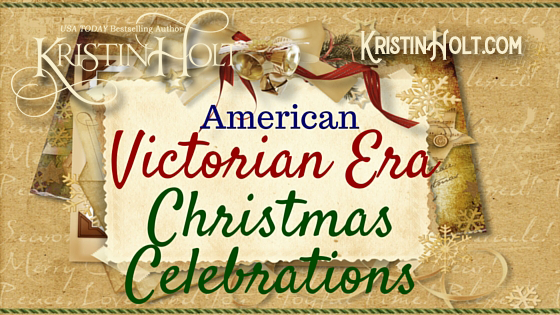
by Kristin Holt | Dec 20, 2015 | Articles
In the very early years of the United States’ history, Christmas celebrations remained highly localized and dependent upon the traditions of the settlers’ homelands. But by 1876 (The Centennial), what we consider a “Traditional Christmas” had become firmly formed. Contemporary Americans will recognize almost all of the Victorian traditions surrounding the holiday.







